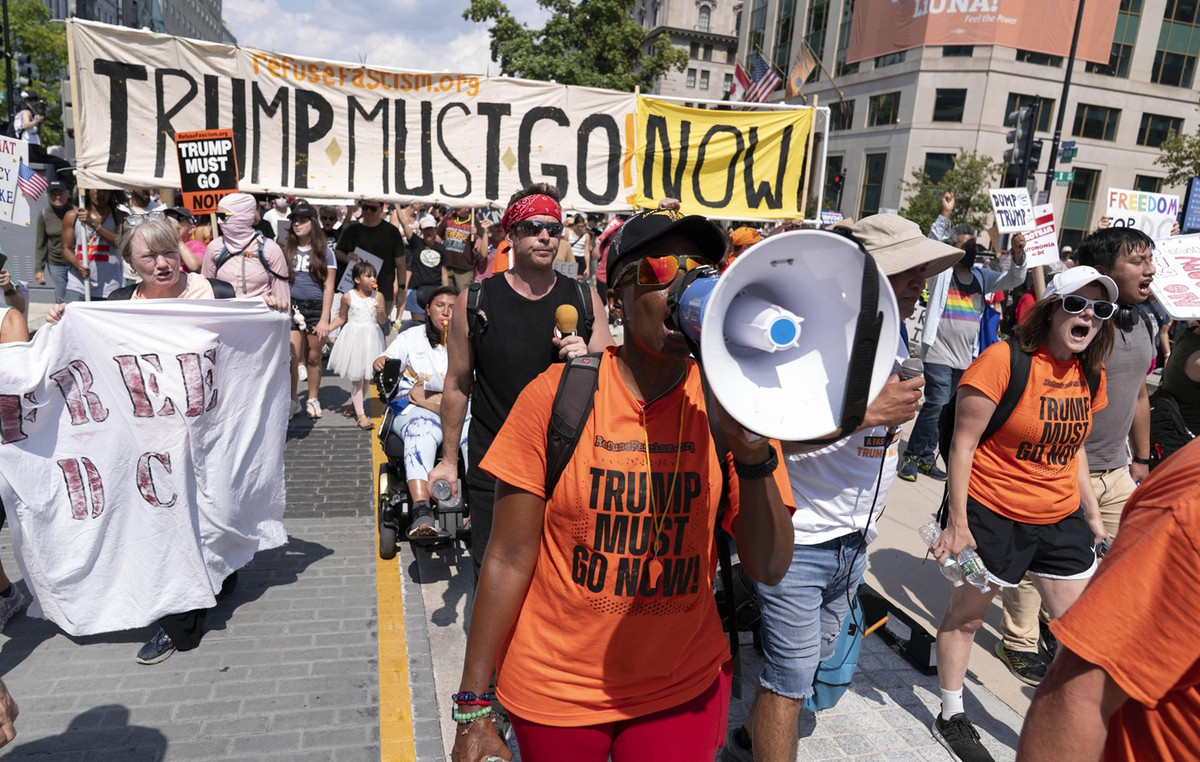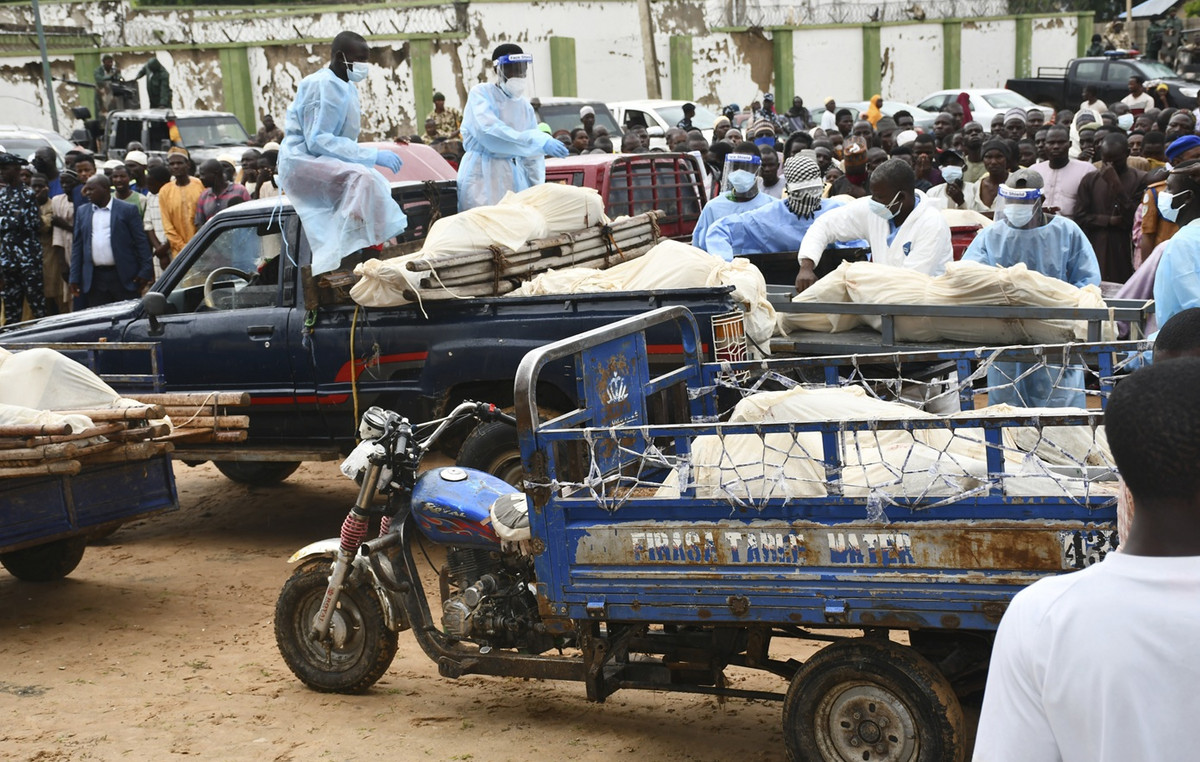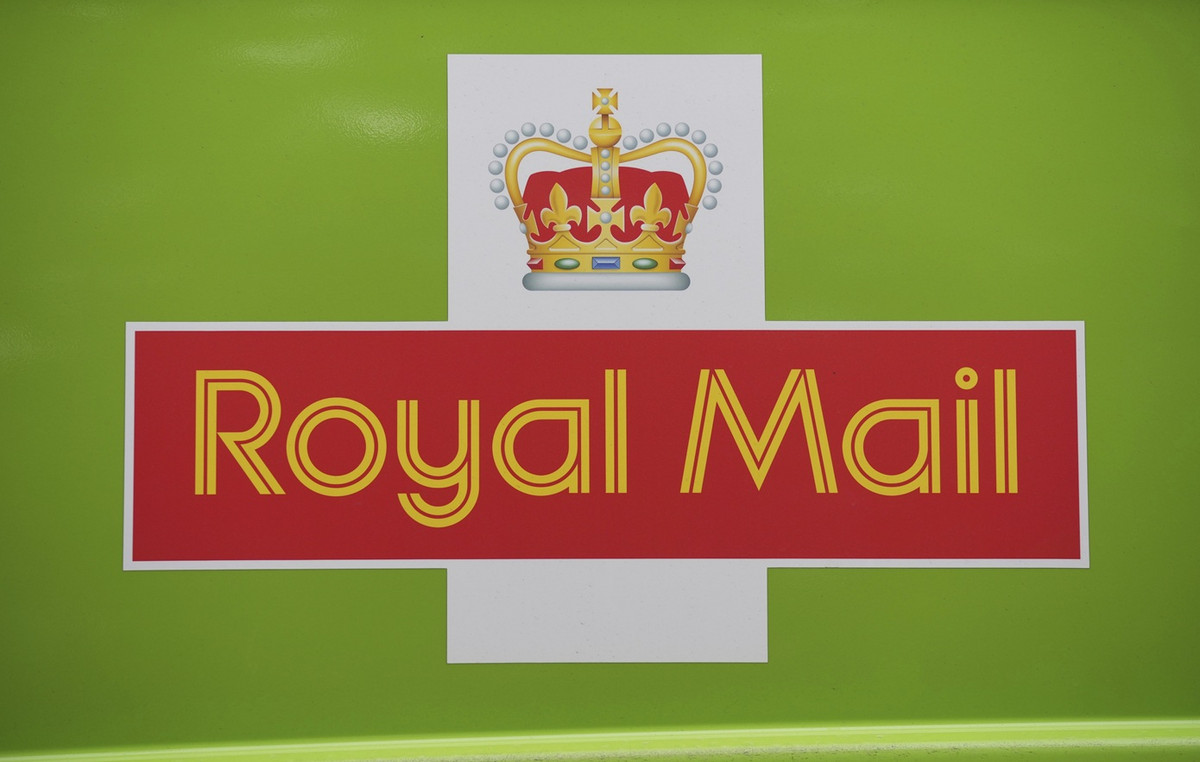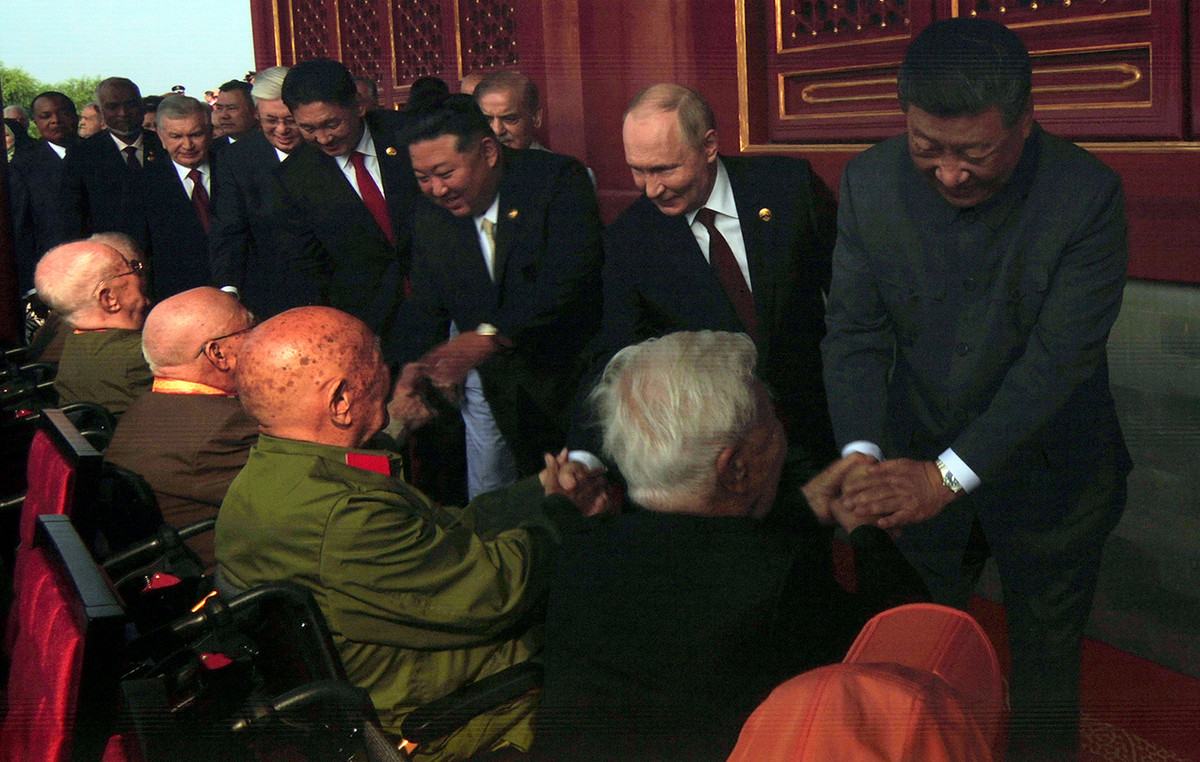World Stroke Day takes place on October 29th and seeks to raise awareness about what is one of the main causes of death or permanent sequelae in Brazil.
A CNN Radio in Medical Correspondent, neurologist Eli Faria Evaristo, from the DFV Neuro Clinic and the Brazilian Stroke Society, explained that the rapid identification of symptoms and prompt care significantly reduces the risk of death.
The “SAMU” method consists of four simple steps: Smiling (to assess whether there is movement failure); Hugging (to check arm movement and whether there is weakness); Music (to see if the person can speak complete letters normally) and Urgency (if there is any of the previous three, seek medical attention).
According to the specialist, treatments bring the best results when applied in the first hours of the stroke.
What is stroke
A stroke is an injury to part of the brain “due to circulatory problems.”
It can happen either due to blockage of vessels, called ischemic stroke, or due to their rupture, in hemorrhagic stroke.
“The most common is ischemic, which accounts for 80% of cases.”
Stroke manifests itself “from some sudden neurological failure, usually presenting as loss of movement, speech, vision or coordination.”
See more – Cardiac arrhythmia: what it is and what the symptoms are
Risk factors
Factors that put people at risk of stroke include: high blood pressure, smoking, diabetes, obesity, cholesterol, physical inactivity and heart disease.
Given this, the neurologist highlighted that “controlling these factors would be capable of reducing 90% of stroke cases”.
*Produced by Isabel Campos
Source: CNN Brasil
I am an experienced journalist and writer with a career in the news industry. My focus is on covering Top News stories for World Stock Market, where I provide comprehensive analysis and commentary on markets around the world. I have expertise in writing both long-form articles and shorter pieces that deliver timely, relevant updates to readers.







